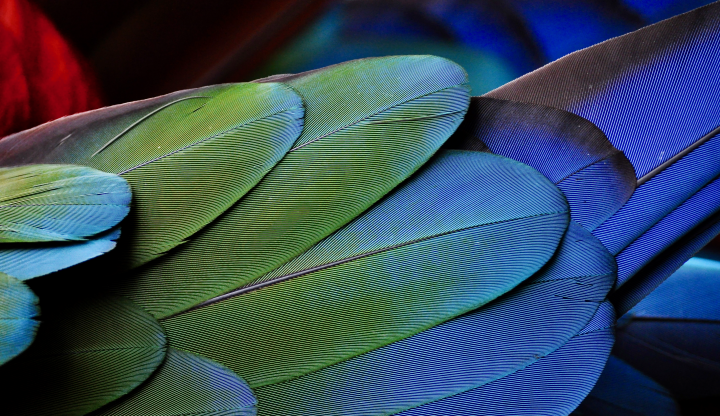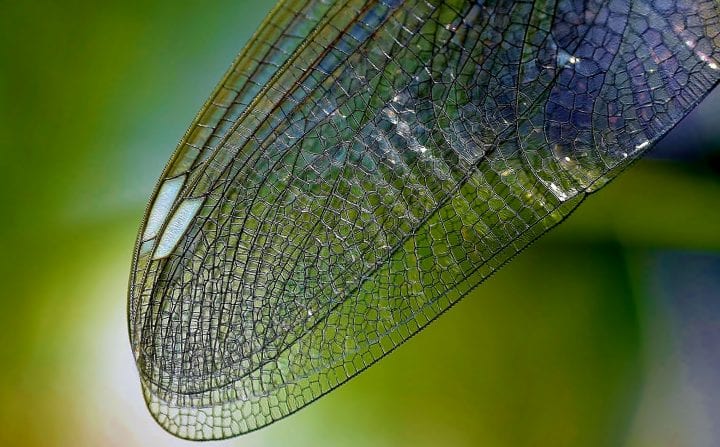Manage Shear
The effect of shear stress on a living system is parallel internal surfaces sliding past each other. Slippage occurs in parallel with the force. Think about holding two wooden boards on top of each other and sliding one to the right and the other to the left. This may be easy until you add glue, which increases their shear strength and makes them harder or impossible to slide. Shear can occur in solids, liquids, and gases. Living systems must increase their shear strength to overcome these types of forces. For example, darkling beetles lock their wings together in flight to prevent lateral movement by using many small hairs on each wing. These hairs interlock to provide shear strength, just as two hair brushes put together would be difficult to slide past each other.
Manage Mechanical Wear
A living system is subject to mechanical wear when two parts rub against each other or when the living system comes in contact with abrasive components in its environment, such as sand or coral. Some abrasive components are a constant force, such as finger joints moving, while others occur infrequently, such as a sand storm moving across a desert. Living systems protect from mechanical wear using strategies appropriate to the level and frequency of the source, such as having abrasion-resistant surfaces, replaceable parts, or lubricants. For example, human joints like shoulders and knees move against each other all day, every day. To protect from mechanical wear, a lubricant reduces friction between the cartilage and the joint.
Manage Chemical Wear
A living system is subject to chemical wear whenever a corrosive chemical comes in contact with susceptible surfaces. To protect from the impact of such wear, living systems have strategies that provide protective barriers or create reactions to neutralize the chemicals. For example, the human stomach is filled with gastric juices that digest organic materials, yet the stomach doesn’t digest itself due to a mucus coating its surface.
Prevent Deformation
When a living system undergoes compression, tension, shear, bending, or twisting, its internal inter-molecular forces can often resist these forces and even change shape temporarily, returning to the original shape when the forces stop. However, if the force is too strong or lasts too long, permanent deformation or structural failure can occur, resulting in death. Therefore, living systems have strategies to resist deformation or help ensure limited deformation. For example, bones have thin crystals and proteinaceous fibers that provide strength and flexibility, protecting them from forces that would otherwise cause deformation on a daily basis.
Preventing Melting
Melting often occurs as a result of exposure to high heat or a change in pressure. Higher pressure causes ice to melt faster, while deep below the Earth’s surface, solid mantle melts as it rises to regions of lower pressure. Many organisms have found ways to manage these forces, helping prevent structural failure.






